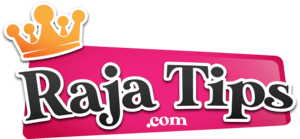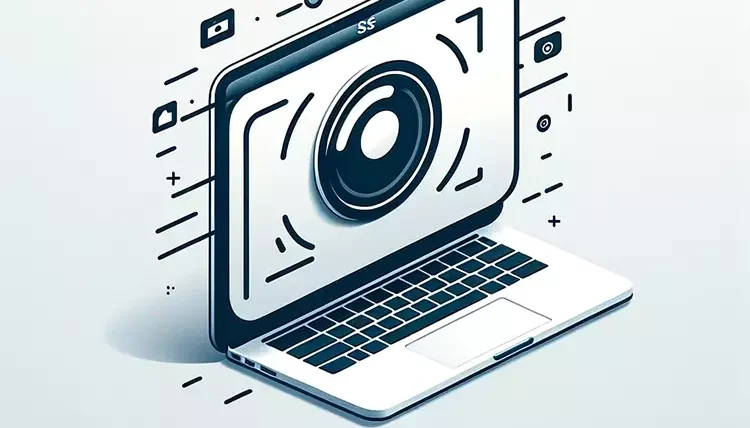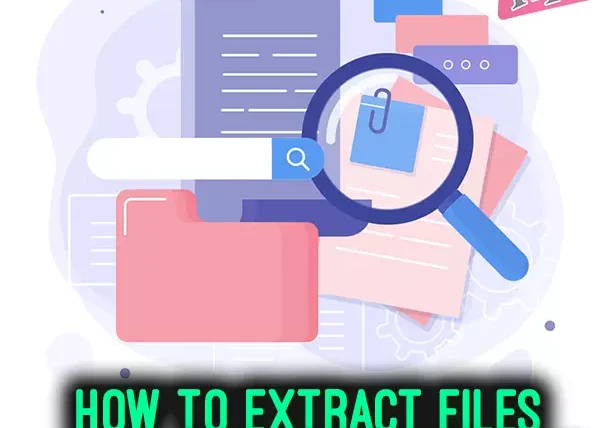Script is a term that you will often hear when delving into the computer and technology world, especially in the field of programming.
In English, script means a manuscript. However, its general meaning is broader, as scripts are divided into several types and serve different functions.
Before discussing the meaning of a script, let’s illustrate it first so that you can better understand the explanation.
- First Illustration : To create a web page like the one you are currently reading, I need specific scripts in the form of javascript/html designed to translate the website into an interactive and visually appealing page.
- Second Illustration : When creating an application/game, we inevitably embed a command. For example, if the play button is pressed, the game will start immediately. This command requires a language understandable by the machine, and that language is the script.
- Third Illustration : When creating a video with a complex concept, we need a script to facilitate communication and intent. Now, this third example is a script in a different sense (I will explain at the end of the article, please check the table of contents for easier navigation).
Script Definition
Referring to the above illustrations, we can already conclude what a script is in general.
Here are two definitions of programming language or script according to some sources:
1. According to Fine Blogge (Written by Hach Smith)
Script is a language used to translate every command on a website/application so that it can be accessed by humans.
A programming script is code that can enhance the functionality of a website or application.
The more scripts used, the more attractive, interactive, and visually appealing it will look (but usually, the loading time will be longer).
2. According to Wikipedia
Scripting language or script is a programming language that provides translation and compilation facilities in an integrated process, allowing the code to be created and executed dynamically as a program.
In summary, a script is a type of language used in an application, program, or website to execute commands and translate them into a more functional and visually appealing display (functionality and appearance).
Initially, scripts were often referred to as batch language because their initial purpose was to assist administrators by automating commands in one process (batch).
In essence, scripts are created to make it easier for humans to give commands to the computer or when translating commands into an attractive display.
As in the illustrations above, when creating a web page, we have to input specific scripts that are not easily understood by humans and seem complicated (scripting language).
But with the help of these scripts, the conversion will be done, and we can create an interactive and visually appealing web for everyone to see.
Brief History of Script

In the early era of mainframe computers in the 1950s, where all computers were non-interactive, all processes were done in batch (a batch contains a series of instructions executed in one process).
IBM Job Control Language (JCL) is known as one of the oldest scripting languages used to control batch processes.
The first interactive text-based interface system was developed in the 1960s, where a user could interact directly with the computer.
So, at that time, every command entered by the user would be executed directly by the system (not in batch form).
Specific programming languages like Tcl and Lua are designed for general purposes and can be embedded as libraries into main applications, providing script execution features in various types of applications.
Other languages like Visual Basic (VBA) provide automatic integration with rich system features, allowing administrators to perform many tasks automatically.
However, the existence and capabilities of VBA features are often abused by certain groups to create computer viruses.
Types & Examples of Scripts

Over time and with the changing times, scripts have undergone various developments.
Here are some popular types of scripts that have been widely used:
1. Server-Side Script
According to its purpose, the implementation/application of this type of script is on a server computer (server-side). As users, we can only enjoy the end results.
Here are some examples of programming languages for servers:
- Python : It is an interpretative programming language widely used worldwide for creating websites, algorithms, and aiding in the simplification of automation processes. Python is closely related to Data Science, Machine Learning, and the Internet Of Things (IoT). Through Python, a program becomes more concise, giving developers the flexibility to develop new features for an application or website.
- ColdFusion : ColdFusion is a server application and software development framework, especially for dynamic websites. ColdFusion was the first technology that allowed administrators to create dynamic websites connected to backend data. ColdFusion uses the ColdFusion Markup Language (CFML) scripting feature and supports other programming languages.
- JSP (Java Server Pages) : This is a programming language that runs on the Java platform. JSP can be a combination of HTML lines and functions of JSP itself. Unlike others, JSP does not need to be compiled before running.
- Perl : Perl is a high-level programming language that is dynamic and can be used to develop programs or applications. Perl is open source, making reporting processes easier.
- PHP : Like Perl, PHP is a server-side programming language that is open source. Since PHP is server-side, the script from PHP will be processed on the server. Commonly used servers with PHP include Nginx, Apache, and LiteSpeed.
- Ruby : Ruby is also an open source scripting language first released in 1995 (updated in 2011) and is suitable for beginner programmers. Ruby became more popular, especially when used with the Rails Framework. Examples of platforms built with Ruby include Twitter, Groupon, Hulu, and Airbnb.
2. Client-Based Script
In contrast to the first type, scripts for clients allow users to execute commands directly on their computers.
Here are some examples of client-based programming languages:
- JavaScript : One of the programming languages used for developing websites to make them more interactive and dynamic. JavaScript can enhance the functionality of web pages, for example, by creating applications, tools, and games on the web. JavaScript, also known as JS, is considered an interpreter programming language, so it does not require a compiler to run. JS also features object-oriented, client-side, high-level programming, and loosely typed characteristics.
- Java (Plugin) : Part of the Java Runtime Environment (JRE) that enables browsers to work with the Java platform to run Java applets and execute them in the browser.
- VBScript : Visual Basic Scripting Edition, developed by Microsoft Corporation in 1996, often used in the Internet Explorer browser. VBScript can also be run directly using Notepad. Additionally, VBScript is a variant of Visual Basic.
Creating Simple Programs
Hold on, don’t move yet, because the admin will share something unique that you can learn as a beginner.
But it needs to be emphasized again that this is just a simple example.
If you want to create something better and more interesting, I might discuss it in another article.
Since I have written it, for more details, please see the following video :
If you are a beginner and want to try some tricks above, please follow the guide to succeed.
You can also modify the script according to your preferences.
Understanding Script in Video Production

Now, this script is different again, friends!
Why am I discussing this too?
Because who knows, the person who comes here is looking for the understanding of a script in video production.
The function of a video script is as the basic concept of the video to be created. This script is used as a guide so that during video production, ideas, flow, messages, and goals can be conveyed well (not deviating).
Even if we shoot the video ourselves and already have an idea, if it is not poured into a script, the concept and idea may not be executed well.
For example, there may be scenes, shots, important notes that are overlooked. Perhaps because of forgetfulness, inability to concentrate, and sometimes recording something less important.
So, that’s why we need to use a video script.
The process of creating a script comes from ideas and main concepts about what we want to convey in the video.
For more details, you can check the video below :
So, that’s the article about what a script is in general and specific terms. I hope it’s useful, and see you again in another article.








42 Pro Midjourney Prompts: Uncover the Secret to Creativity!
Script : Definition, Types, Examples & How to Create Them
7 Steps How To Buy Bitcoin on eToro – Act Fast!
49 Stunning Leonardo AI Prompts That Will Blow Your Mind